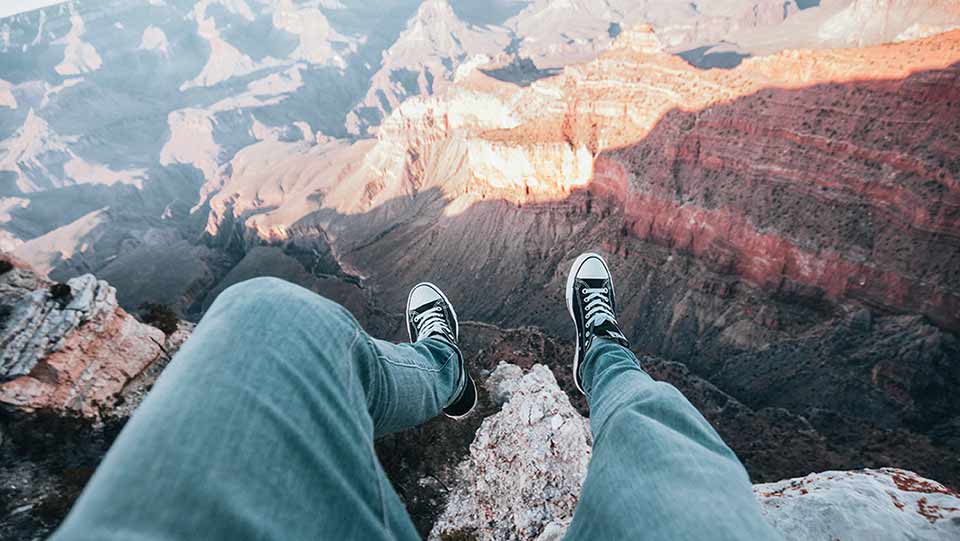How To Deal With Record Breaking High Low Temps
It's July and the thermometer is soaring, even at night. July 2018 has broken many records for highest night time low temperatures. Nights are when our bodies used to be able to find relief from the heat. So, what to do when relief is not in sight?
1. Try to stay out of direct sunlight during the day, particularly during the hottest time of the day, usually between the hours of 1 p.m. and 4 p.m. If you exercise outdoors, do so in the early morning or evening.
2. Hydrate, hydrate, hydrate. Water works well. You may want to add in some electrolytes by way of a sports drink that contains electrolytes. However, these drinks may contain high amounts of sugar or high fructose corn syrup so drink them in moderation.
3. Wear a hat and sunblock or sunblocking clothing.
4. Put cold compresses on the back of your neck, under your arm pits, and in the groin area to cool down an overheated body.
Especially in a heat wave, dehydration is a risk and should be taken seriously. Symptoms of dehydration in adults may include headache, dizziness, feeling tired, thirst, dry mouth, crankiness, dark-colored urine, dry skin or constipation. And in children, symptoms such as fever, unusual tiredness, no tears, dry mouth, and no wet diapers for 3 hours or longer may indicate dehydration.
If dehydration symptoms are present, take them seriously, get out of the sun, hydrate, cool the body and contact medical professionals for further guidance.
Record breaking high temperatures at night means more pressure on the electrical grid for air conditioning, fans, etc. If your electricity should go out, you'll need to stay hydrated. Adding a few powder packs of an electrolyte drink to your GO-bag and in your cupboards makes sense.
Being aware of the risks of over heating and dehydration and being prepared for them should they occur allows you to enjoy the summer weather while staying safe.


